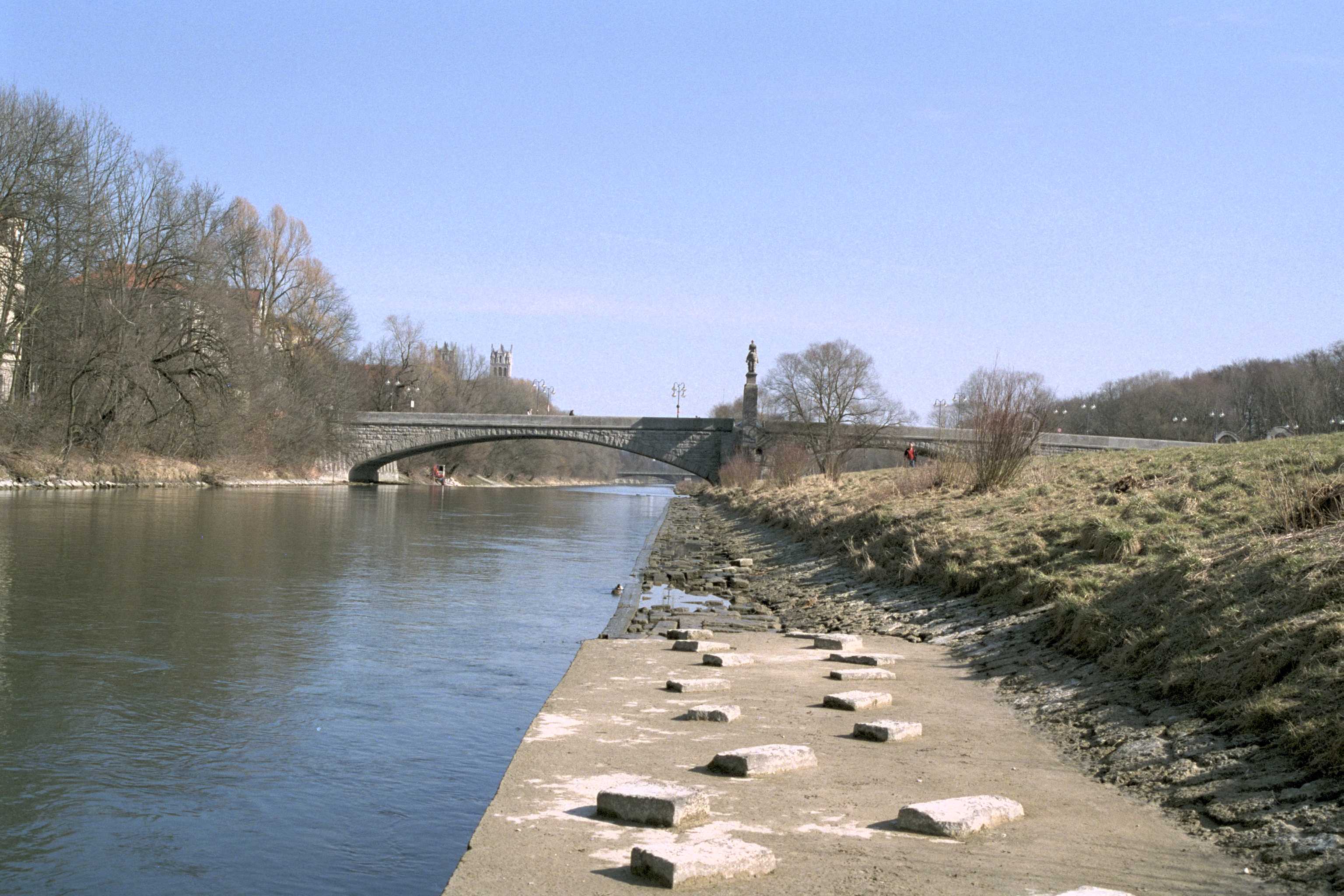Success and limiting factors:
The level of cooperation achieved between all stakeholders involved within the Isar-Plan was excellent and one key success factor for the project.
Acceptance of the general public was achieved by strong public participation in the process through multiple mediums to encourage awareness and participation. Participation was especially encouraged during a landscape design competition for the redesign of the 1.6 km urban stretch in the city centre. It allowed a voice given to the population for the design of the area as well as raising awareness of the issues of renaturation and flood protection. However, stakeholder dialogue and involvement was also challenging at times with controversial discussions, and a public quarrel involving strong campaigns. A conflict came about after two nearly opposing designs were awarded 1st and 2nd prize for the redesign of the urban stretch with the first one focusing more on flood protection and the second one on renaturation. Finally, a clever compromise between the two designs was reached, showing how good mediation and cooperation can help to solve such conflicts.
During the long implementation phase (11 years) adaptive management for the implementation of the plan was necessary. For instance, the big flood of 2005, in the middle of the implementation phase, had a major impact on both the location and on the kind of projects finally implemented.
Budget, funding and additional benefits:
Approximately 35 million euros were spent in total for the project: 28 million euros in construction costs, 7 million euros for the remediation of contaminated sites and the removal and disposal of weapons from the Second World War. The costs were split between the Bavarian State Government (55%) and the City of Munich (45%). Main Benefits of the project include:
- Flood protection; the big flood of 2005 had a major impact in the whole catchment area of the Isar river. The restoration measures that had already been implemented up to this point of time had a significant effect in reducing the extent of the damages caused by the flood in Munich. Compared to other parts in the South of Germany, the flooding did not cause substantial damages in Munich due to the restoration of the Isar river.
- Water quality; the Isar-Plan contributed to the improvement of water quality in the Isar river in order to achieve bathing water quality. All communities situated on the Isar have completed the process of upgrading their waste-water treatment plants to include UV germicidal irradiation systems. These measures have considerably improved the quality of water. Today, swimming is possible within the Isar river.
- Water and land habitat; the widening of the riverbed not only led to an improved flow of flood water, but also created room for other measures to be developed on the banks: gently sloping riversides, gravel banks off the shores, gravel stone islands and ground ramps made from large blocks of flat stones and interspersed with deeper pools. Features like these lend Isar area its natural character. The project measures have led to an improvement in living conditions and habitat for the Isar region’s native animals and plants. Furthermore, the Isar river now has more room to move and reshape itself along this entire stretch.
- Recreational quality; the recreational quality has greatly improved, the restored Isar is, especially in summer, one of the favourite places of Munich citizens.



